Grass Light On Flesh
2022, 7:09 min,, color, stereo sound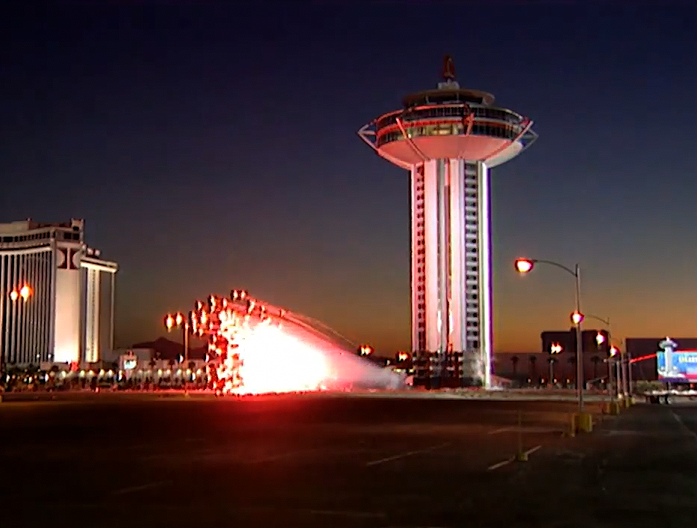
Out of the Blue
2020, 5:11 min,, color, stereo sound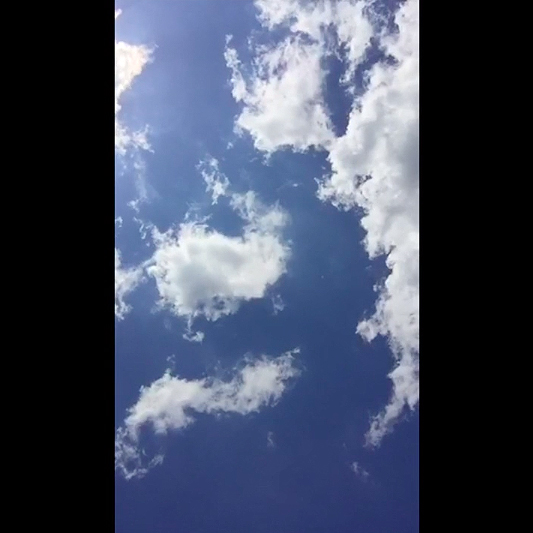
License
2018, 11:50 min, color, stereo sound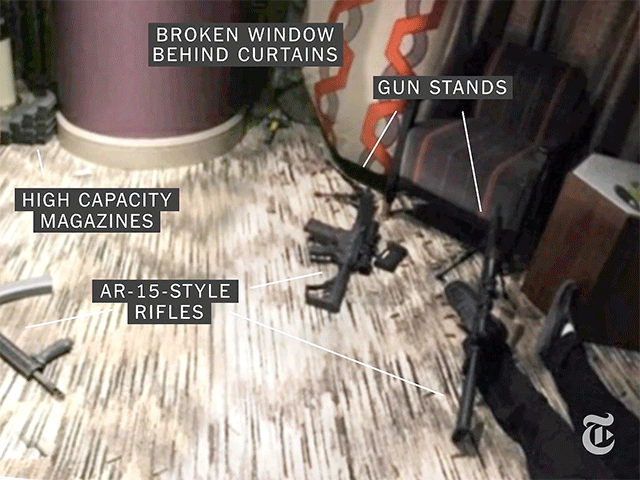
Slide / Show
2016, 24:26 min, color, stereo sound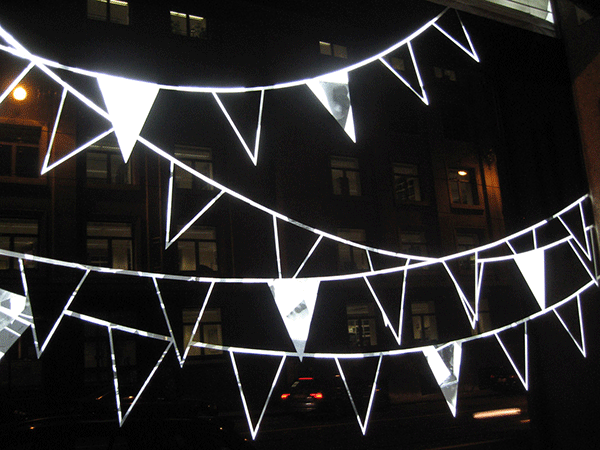
Nine Years Later (“Panic”) – Remix
2001, 11 min, color, stereo sound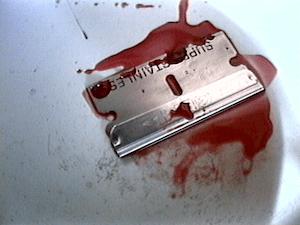
Song Poem ("Trips Visits")
2001, 6 min, color, stereo sound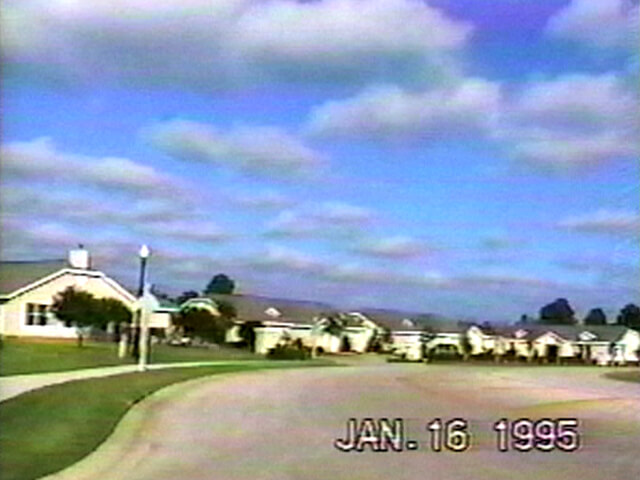
The Memorial Screening (1974)
2000, 11 min, color, stereo sound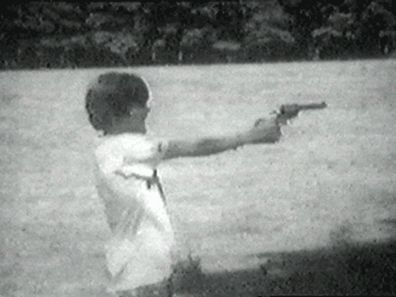
Untitled (Dec. 29, 1993)
1999, 3:30 min, b&w, stereo sound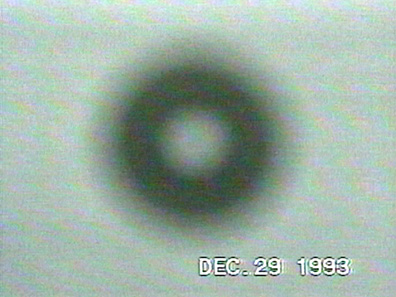
The Trophy
1998, 4 min, color, stereo sound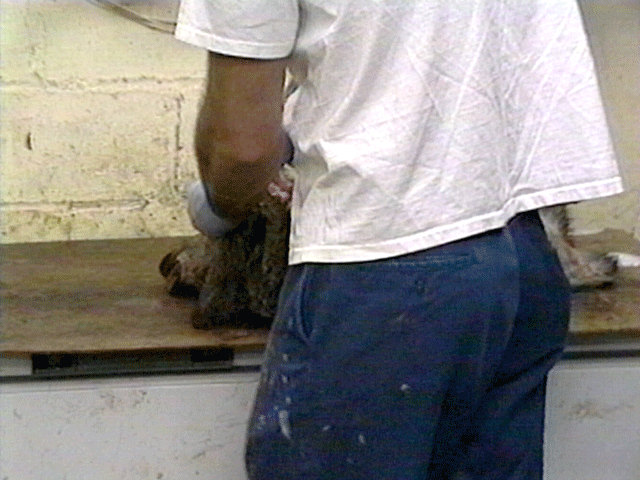
Cruising (Back to Front)
1998, 101 min, color, stereo sound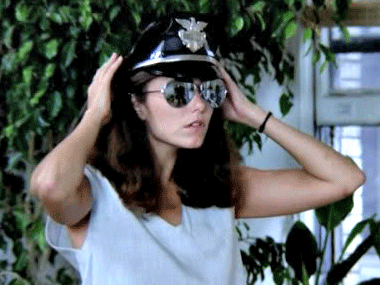
Nine Years Later (“Girlfriend In A Coma”)
1998, 12 min, color, stereo sound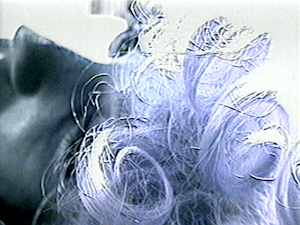
Nine Years Later ("Panic")
1996, 13 min, color, stereo sound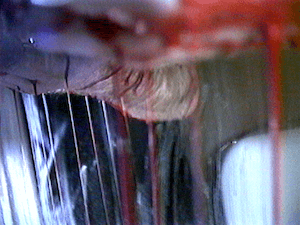
Nine Years Later (“Bigmouth Strikes Again”)
1995, 11 min, color, stereo sound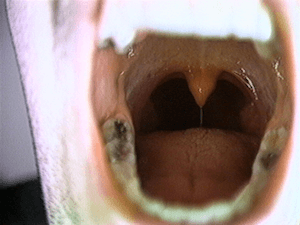
Summer, 1993
1994, 7 min, color, stereo sound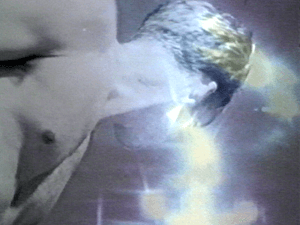
The Feeling of Power
1990, 8:42 min, color, stereo sound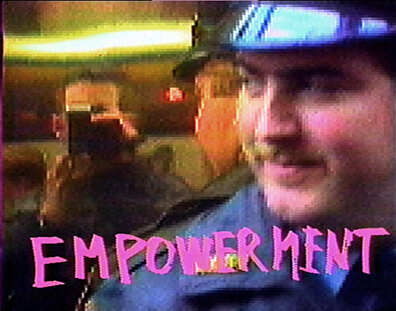
12/19/88 (for Pete)
1988, 3:35 min, color, stereo sound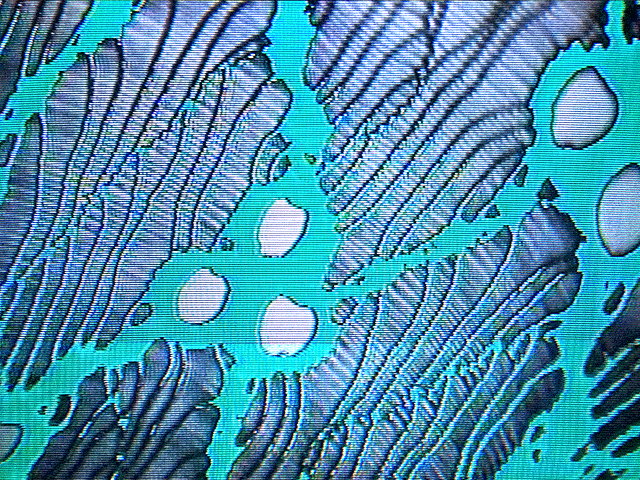
11/22/88 (for Kimono)
1988, 4:09 min, color, stereo sound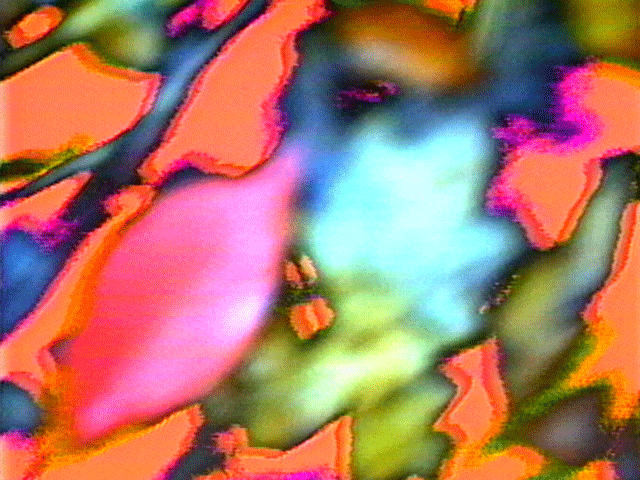
2/12/88 (for LG)
1988, 8:30 min, color, stereo sound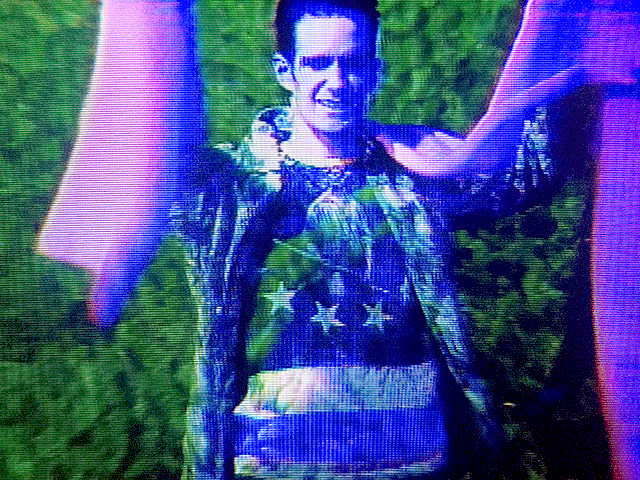
Born to Be Wild (for K. Wilder)
1987, 4:21 min, color, stereo sound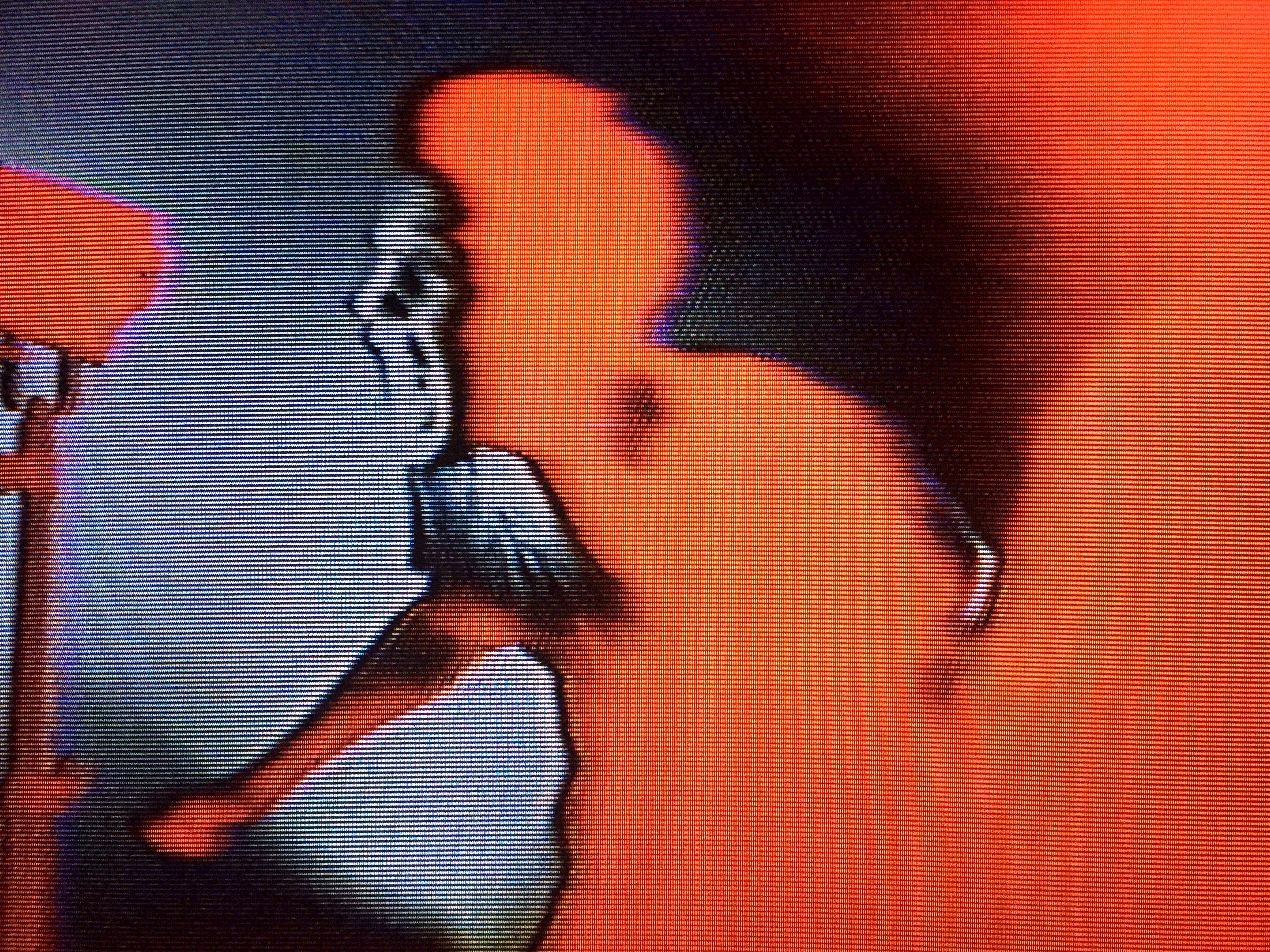
W/hole: "I Dreamed Another Man Dreamed Me"
1987, 6 min, color, stereo sound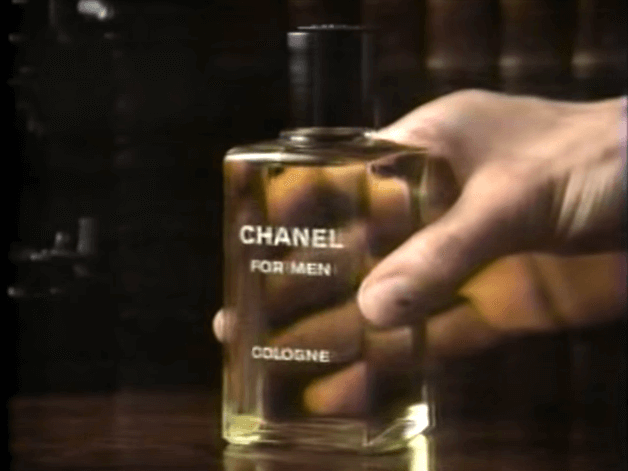
There Is a Light That Never Goes Out
1986, 4:04 min, color stereo sound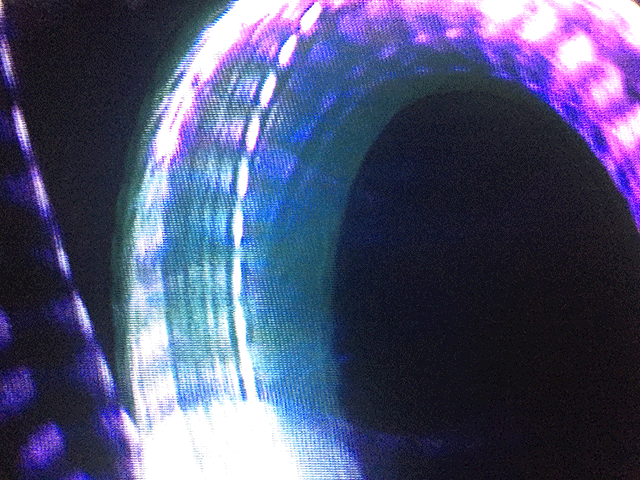
Learning from "Dynasty"
1986, 8:16 min, color, stereo sound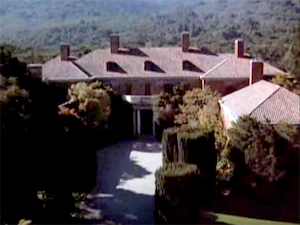
The Space Program
1986, Twenty-six 28-minute videotapes originally cablecast on Manhattan Cable TVList of The Space Program Series
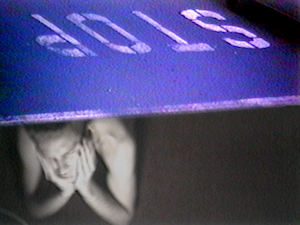
List of The Space Program Series
Untitled
1979, 7 min, b&w, mono sound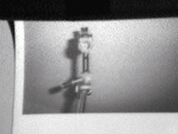

.png)


